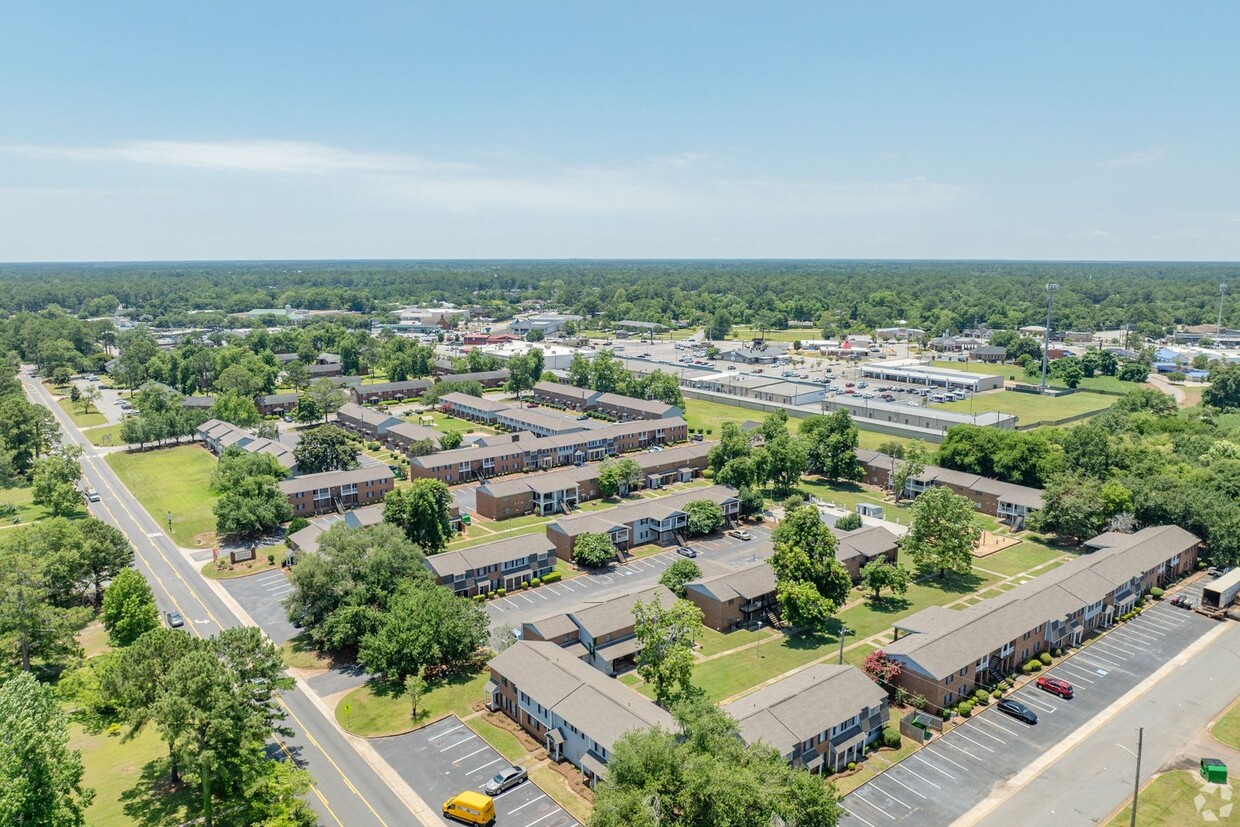The Office and Retail Space Downturn: A Reflection of Changing Times
The Office and Retail Space Downturn: A Reflection of Changing Times
In recent years, the commercial real estate market has been hit by a significant downturn, particularly in the office and retail space sectors. This decline is a reflection of changing trends in consumer behavior, technology advancements, and the rise of remote work. In this blog post, we delve into the factors contributing to this downturn and discuss some potential implications for the future.
1. Consumer Behavior Shifts
One of the primary factors driving the decline in retail spaces is the fundamental shift in consumer behavior. With the advent of e-commerce giants like Amazon and the convenience of online shopping, traditional brick-and-mortar stores are struggling to compete. Consumers now prefer to shop online from the comfort of their homes, rather than braving the crowded malls or facing limited store hours. Consequently, many retail spaces have experienced decreased foot traffic and subsequently, dwindling revenue.
2. The Rise of Remote Work
Another significant factor impacting the office space sector is the rise of remote work. Over the past year, the COVID-19 pandemic has forced many businesses to adopt remote work policies as a means of ensuring employee safety. This sudden shift has proven that many jobs can be performed efficiently from home, eliminating the need for extensive office spaces. As a result, companies are reevaluating their office space requirements, downsizing, or opting for flexible shared office spaces to reduce costs.
3. Evolving Technology
Technological advancements have also played a crucial role in the downturn of office and retail spaces. The increased usage of cloud computing, video conferencing, and collaborative digital tools have made it easier for employees to work remotely. Advancements in automation and artificial intelligence have further reduced the need for human staff in retail spaces, leading to store closures.
Implications for the Future
While the current downturn is undoubtedly challenging for the office and retail space industry, it also presents new opportunities. Real estate developers and companies can adapt to the changing landscape by repurposing these spaces. For instance, retail spaces can be transformed into fulfillment centers for e-commerce companies or converted into experiential stores that offer unique shopping experiences. Office spaces can be redesigned as flexible coworking spaces or converted into residential units to cater to the increasing demand for housing.
Furthermore, as the economy recovers and the pandemic subsides, there may be a gradual shift back to traditional office spaces and a resurgence in retail spaces. Human interaction, collaboration, and the desire for in-person shopping experiences will likely drive this resurgence. However, it is crucial for businesses and real estate developers to embrace innovation and stay ahead of evolving trends to navigate through this challenging period successfully.
The recent office and retail space downturn is a reflection of changing times. As consumer behavior shifts, remote work becomes more prevalent, and technology advances, the traditional notions of office and retail spaces are being challenged. While this presents challenges, it also offers opportunities for reinvention and adaptation. By embracing innovation and staying ahead of the curve, businesses and real estate developers can navigate this downturn successfully and pave the way for a revamped future.
The multifamily real estate market is constantly evolving, shaped by changing demographics, technological advancements, and economic shifts. As we look ahead to 2024, it’s crucial to understand the predicted trends and investments that will drive the future of multifamily real estate.
Multifamily Real Estate: Positive Trends and Anticipated Growth in 2024
The multifamily market in the United States is poised for a positive outlook in 2024, driven by various factors such as demographic shifts, economic growth, and evolving lifestyles. Despite short-term uncertainties like the ongoing COVID-19 pandemic and potential policy changes, the long-term fundamentals of the multifamily market remain strong.
Experts predict that the demand for rental properties will continue to thrive in 2024, particularly in urban areas and among younger generations who prioritize flexibility and mobility. The multifamily market is also expected to be influenced by the rising trend of remote work and the desire for amenities that support tenants’ changing lifestyles.
The transition towards vibrant urban living is another significant trend expected to persist in 2024, with demand for walkable neighborhoods, accessibility to public transportation, and a vibrant social environment driving the market. Consequently, developers will likely focus on constructing high-density housing and mixed-use buildings in metropolitan regions.
It is important to remain aware of potential challenges that may impact the market. Factors such as rising interest rates, which can affect affordability for homebuyers, and potential changes in governmental policies like tax reforms or adjustments to immigration laws, may impact the real estate market in 2024.
The Bottom Line
Rely on those that know the business .. at SIMM Capital our investment strategy is to seek the best assets that hold the largest opportunities to improve on management and value, delivering in rent growth year over year that will result in cash out refinance events and high quality returns. To see how we can help you click the link – www.simminc.com




Recent comments